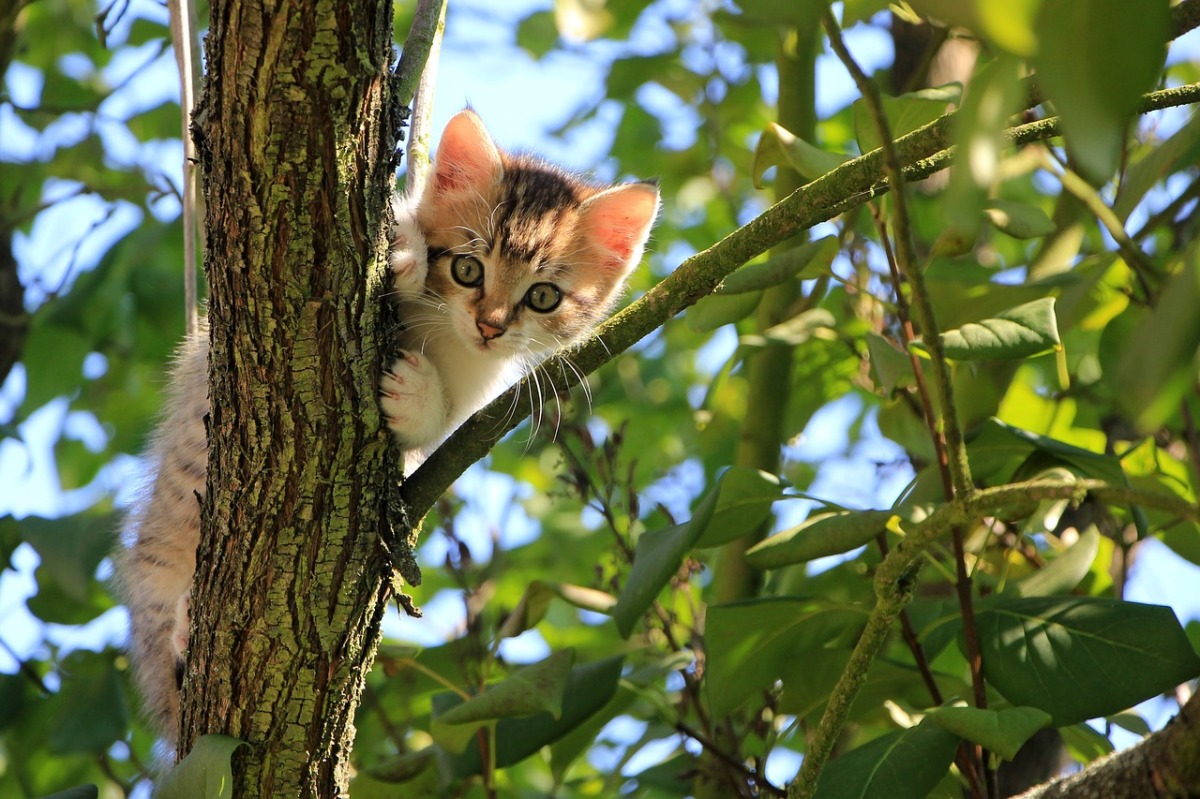Fagus sylvatica
Beech is a native British tree growing to over 30m with a smooth grey bark. In woodland they often have no low branches though solitary trees will grow to a complete and balanced form with branches offering leaves for all available light. Leaf buds are long and slender on opposite spurs. Flowers form soon after the leaves appear with male and female on the same tree. The females mature a few days before the males to ensure cross pollination from a neighboring tree. They are seen as a reddish crown of bristly ‘mast’ which hardens to protect the nut. The male flowers hang beneath the branch on slender stalks like clustering earrings. They swing in the wind and so release pollen. The copper beech and weeping beech are both ornamental derivatives of F. sylvatica and they are not the true form.
Flowering Period
Beech flowers in April and May, soon after the leaf appears. The male flowers open as fluffy balls when ready.
Preparation
Beech is prepared by the boiling method. Choose a place where the branches are accessible at the edge of a wood and pick from several different trees. Both male and female flowers are used. The females are mostly on the tips of the branches. Cut the twigs about 15cm to fit the saucepan.
Uses
Criticism of and intolerance towards other people, events and situations. Lack of understanding.
Beech people think of themselves as perfectionists. They believe that their way is the only sensible one and have no leniency towards other people who do things differently. Beech people are irritated by the idiosyncrasies of others.
They consider other people to be a nuisance or stupid, and fail to appreciate that everyone has an equal right to live and learn from personal beliefs, mistakes and experiences.
In order to determine when an animal might need Beech, we need to look for evidence of intolerance towards people and other animals, or towards events and situations. In the first instance, there may be an obvious dislike of a particular person or particular animal, perhaps with evidence of other remedy traits too such as jealousy (Holly) or a desire to dominate (Vine). In the second, there may be intolerance of getting into the car, for example, or going to certain houses or wearing a lead.

